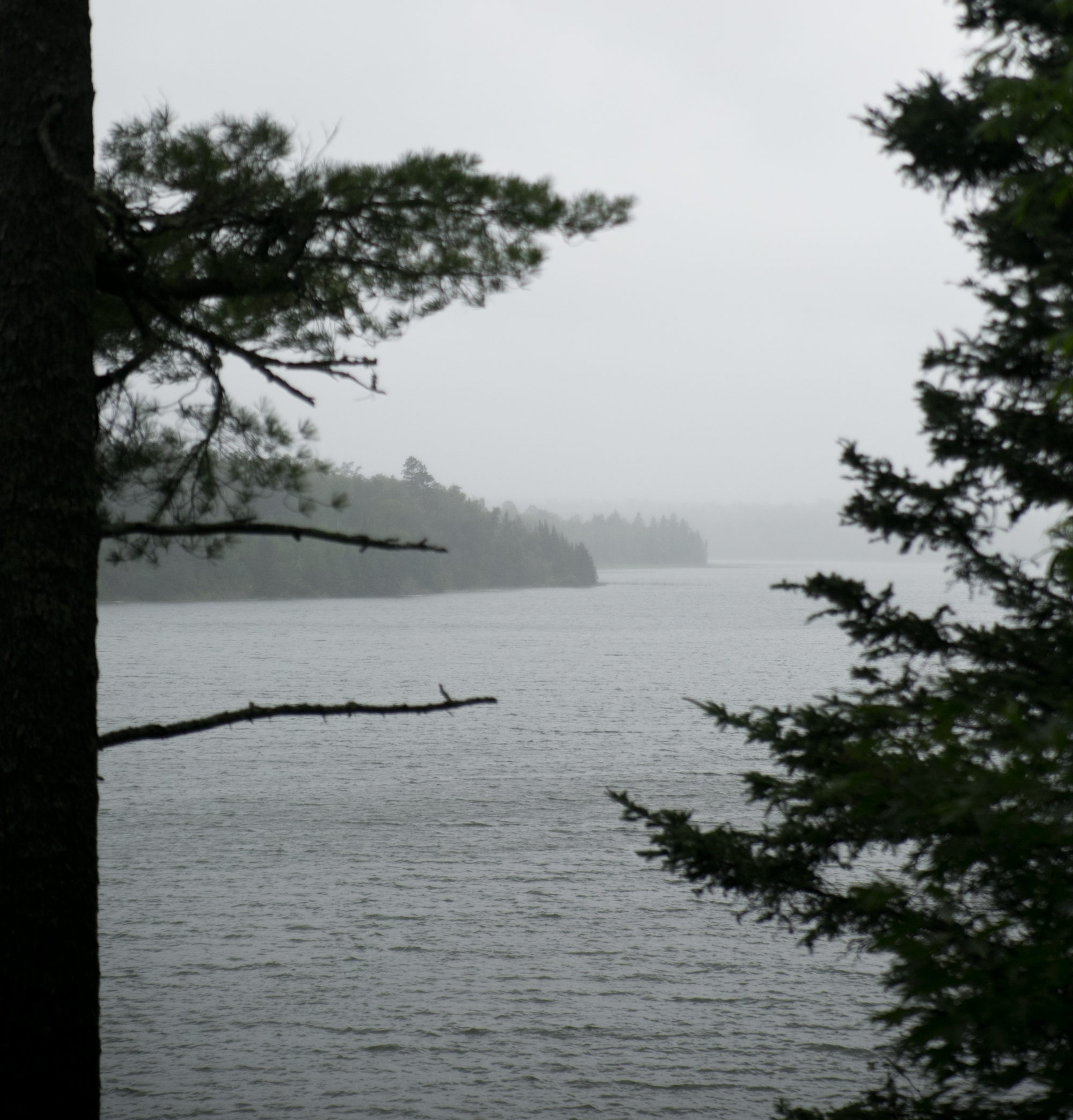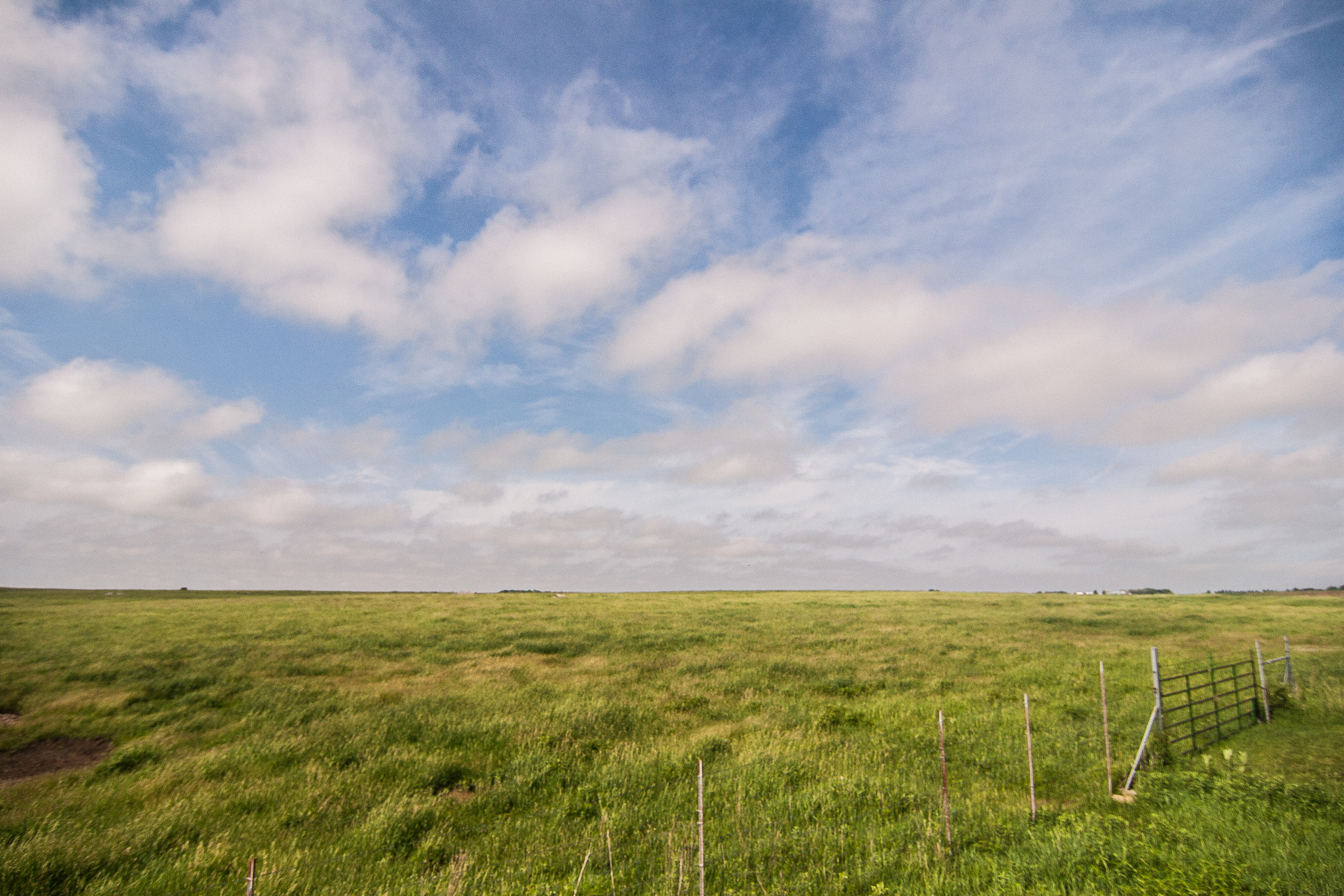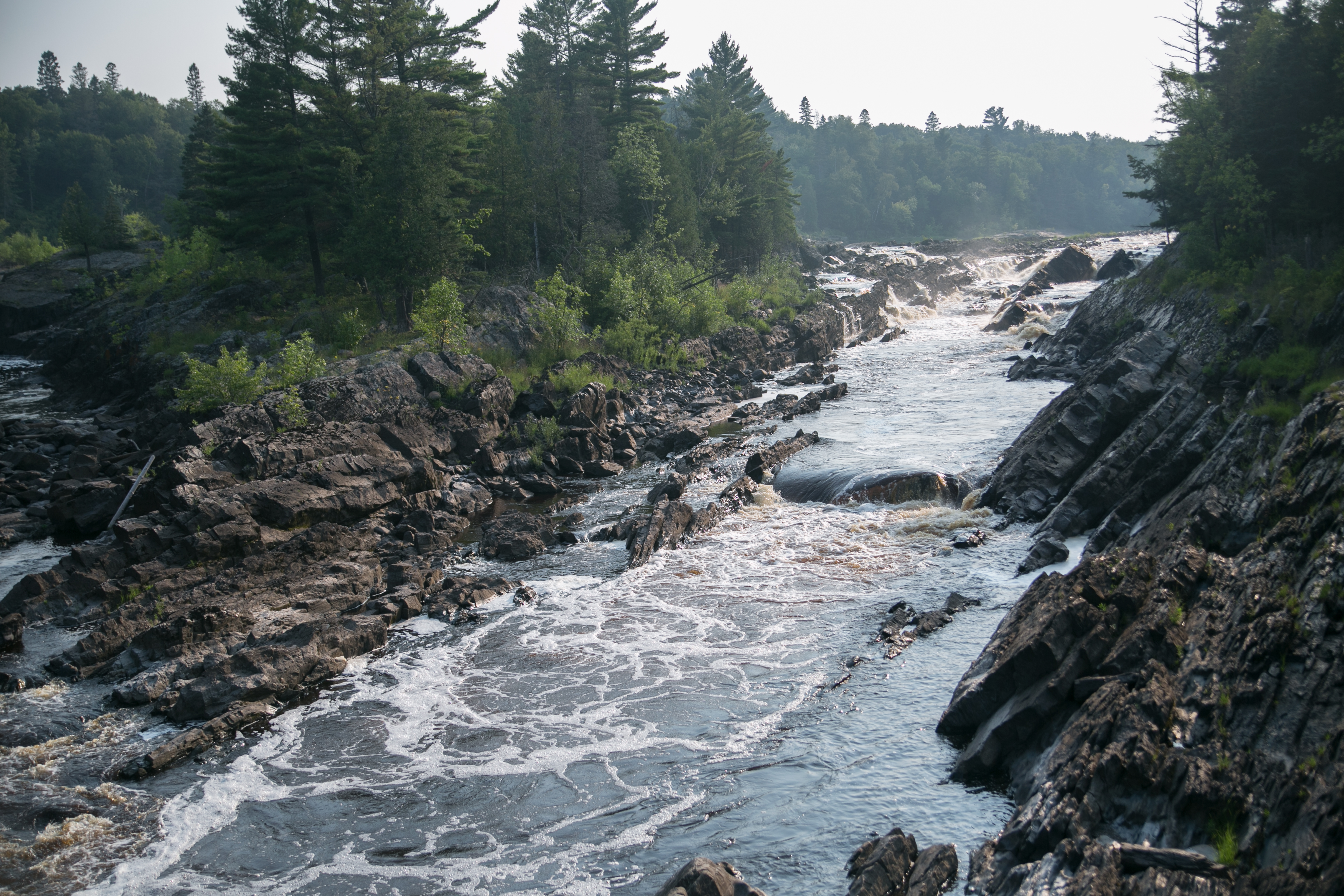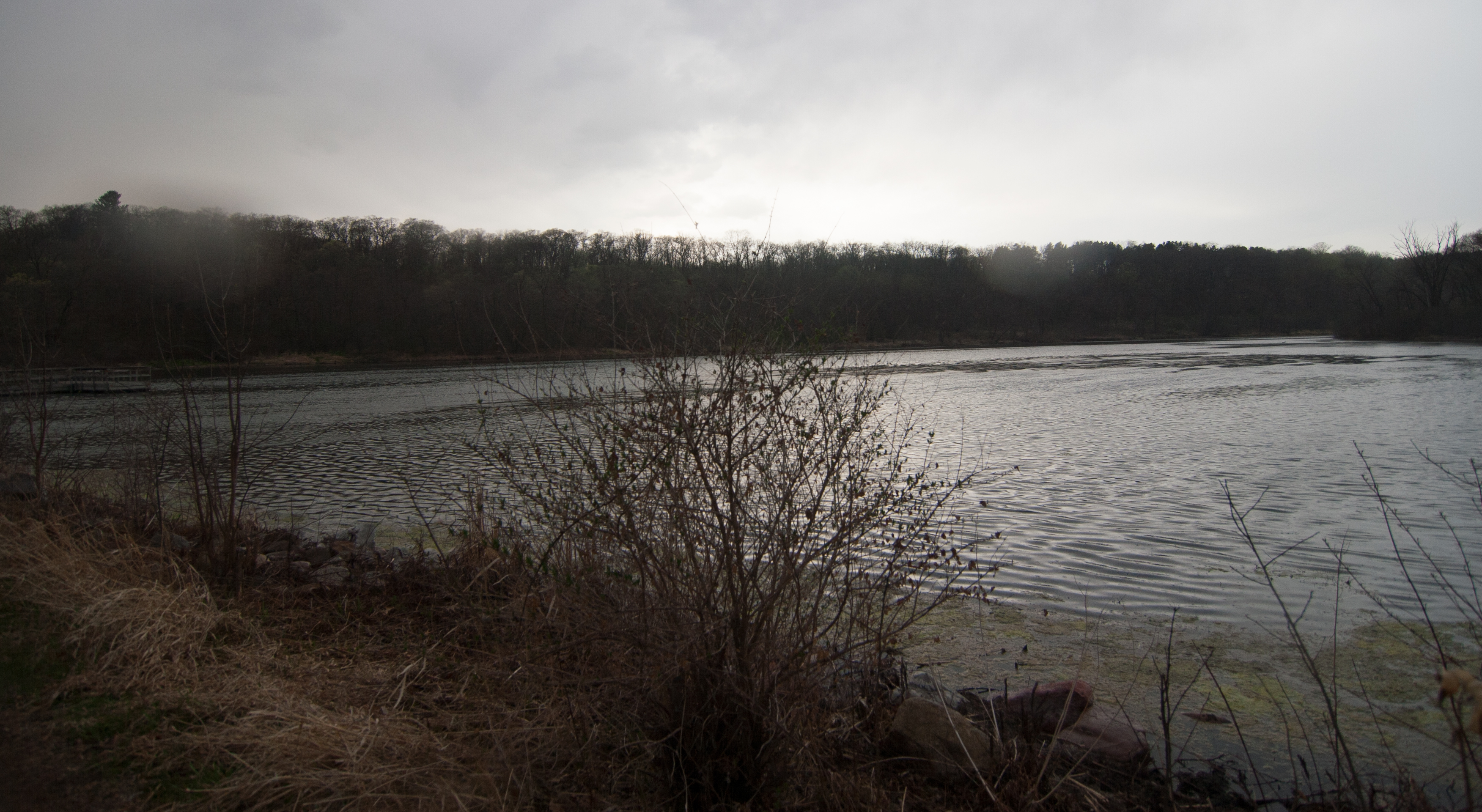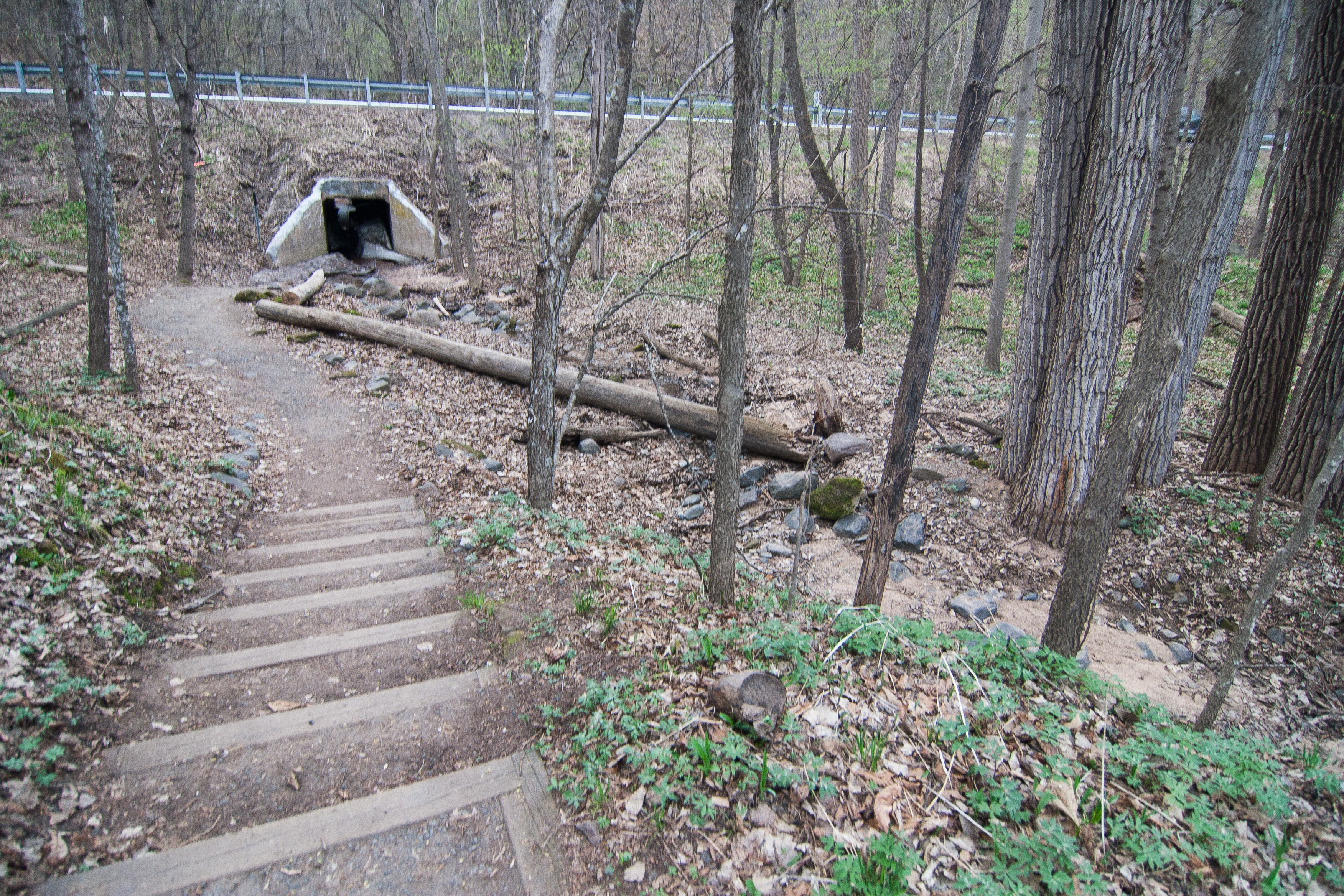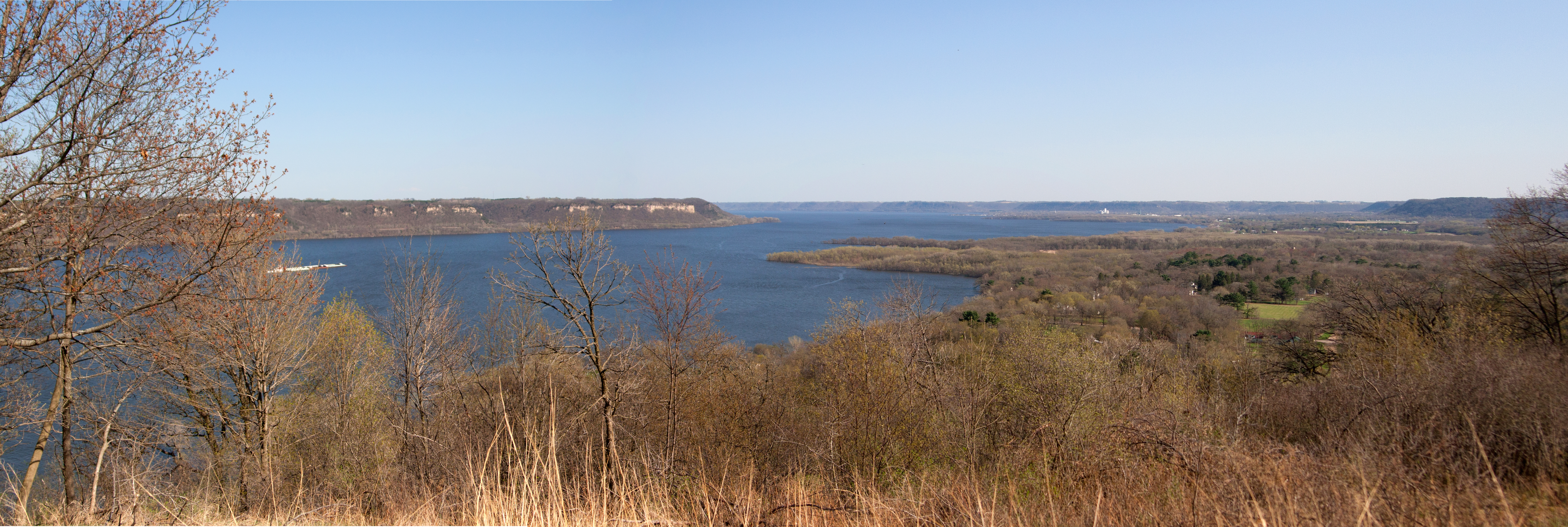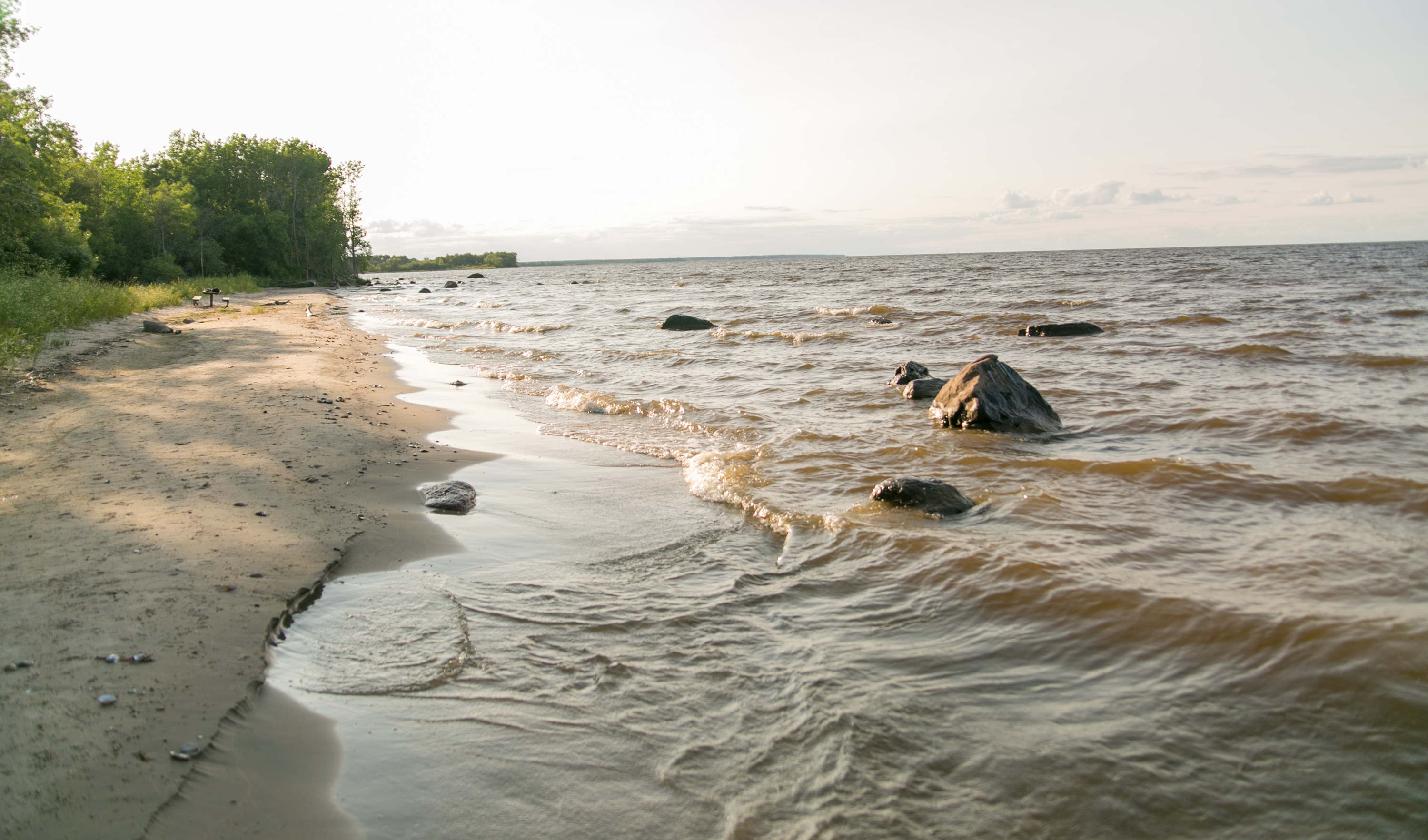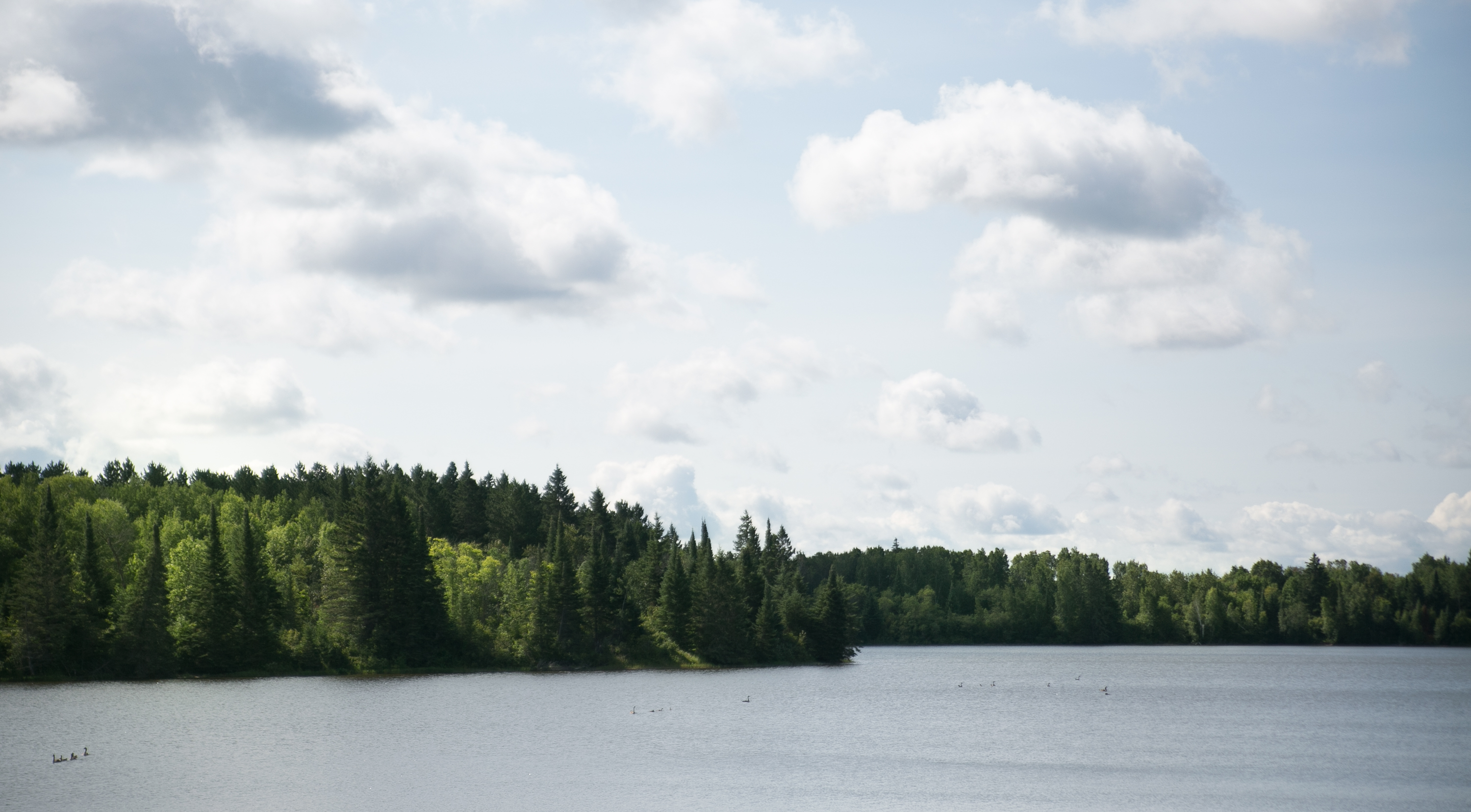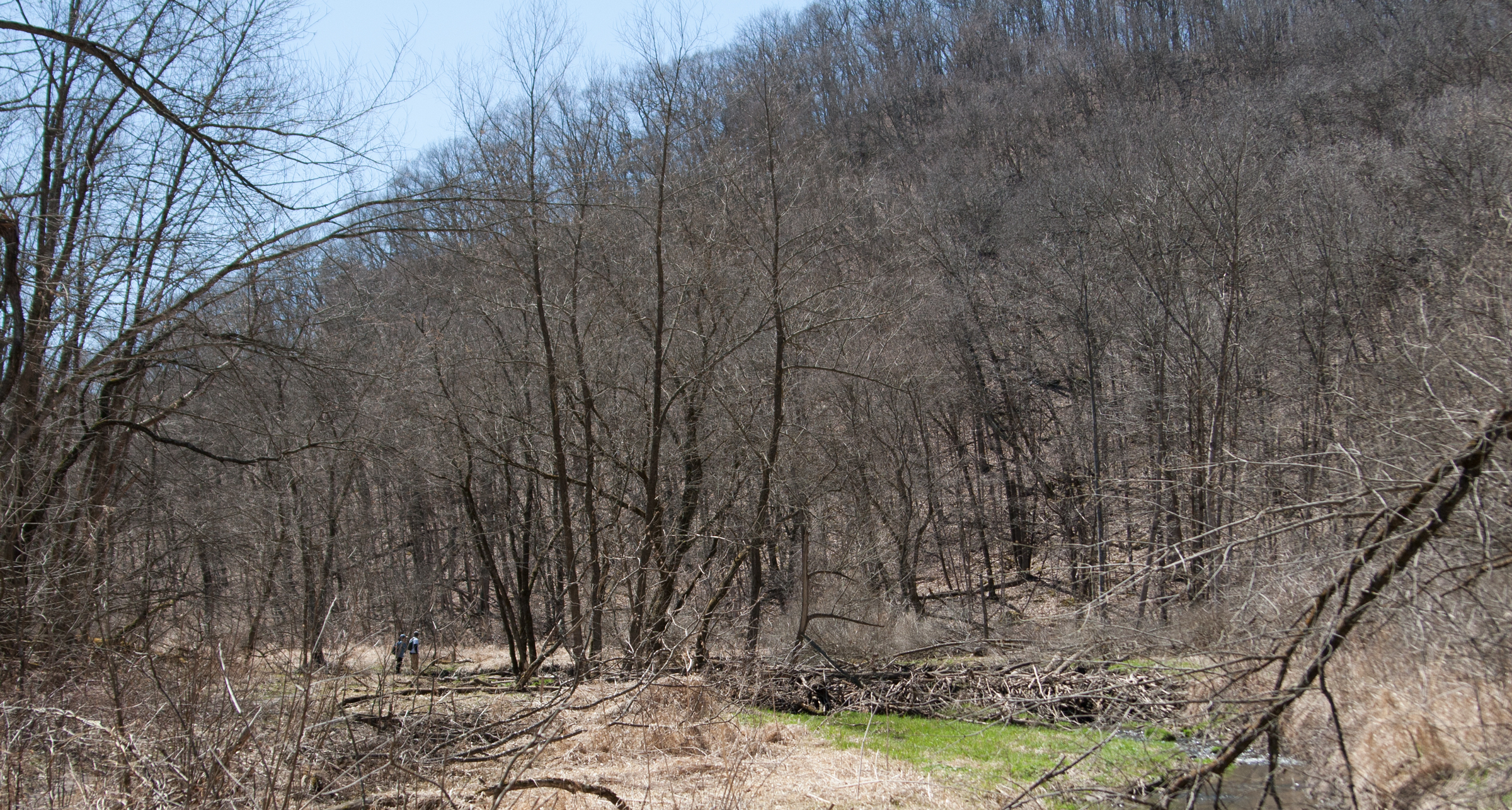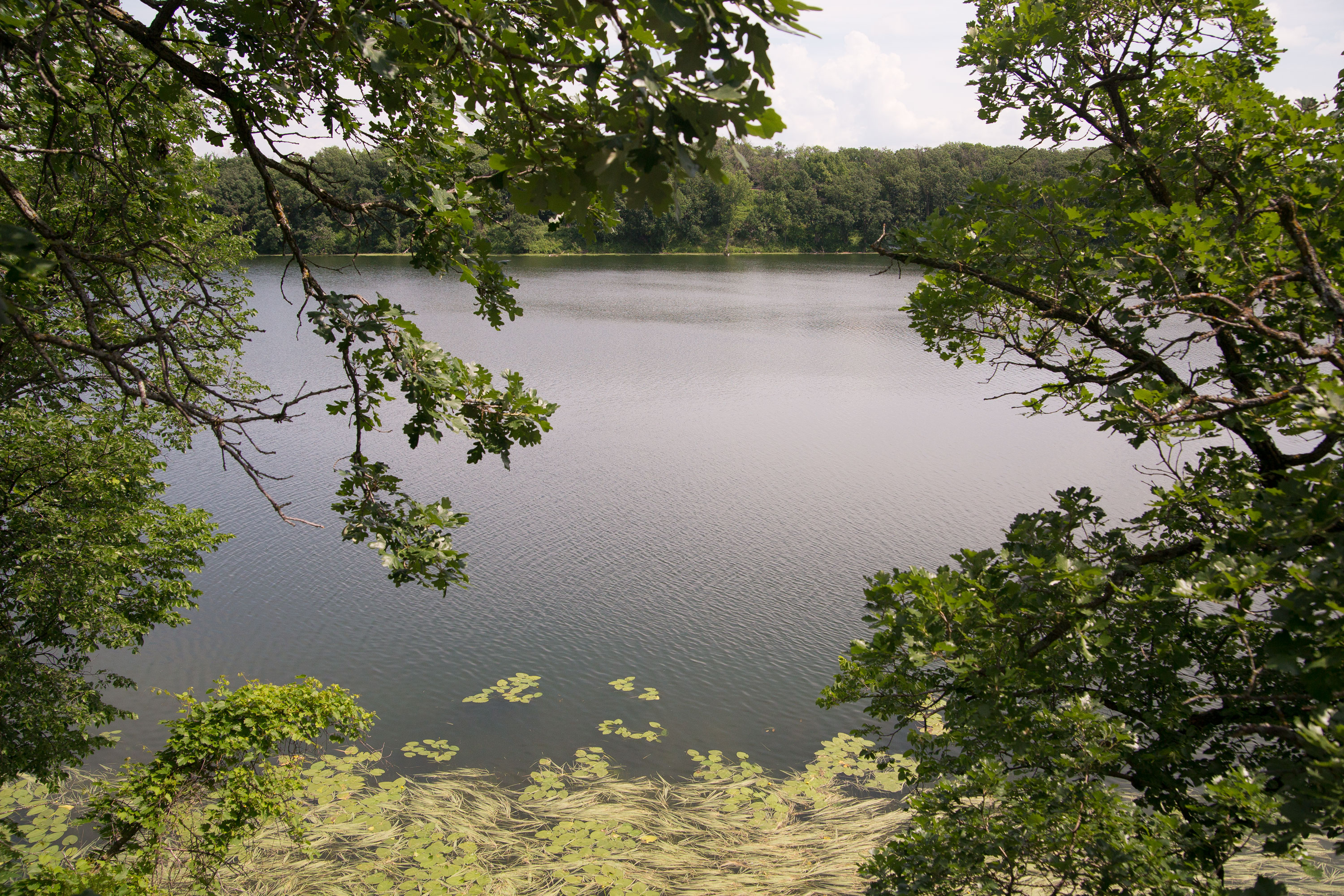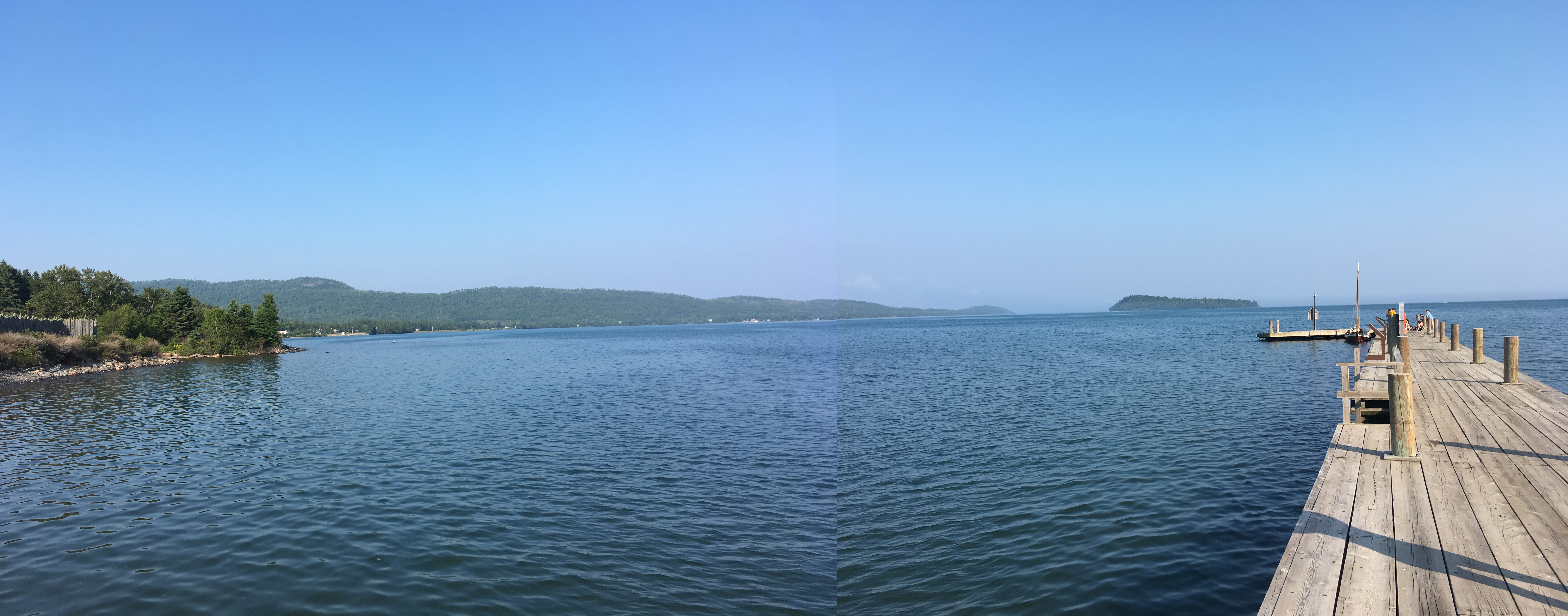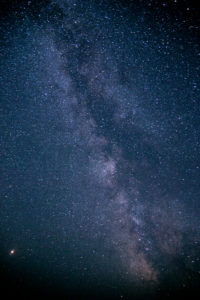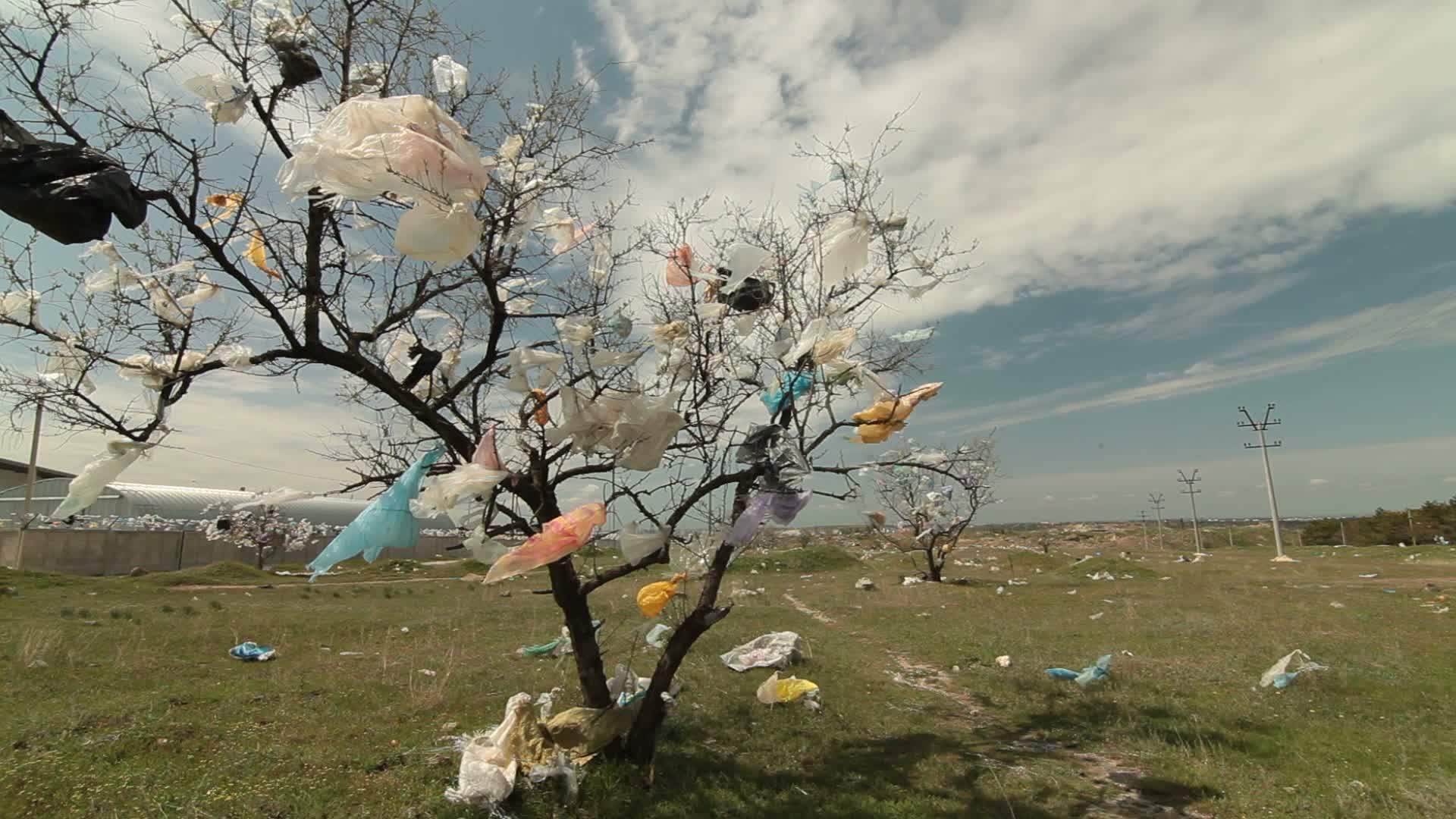i have often wondered why the US is very much involved with israel – why we give the country money and don’t question politics. why presidents and senators and representatives and other government officials don’t criticize or say anything negative about israel. in fact, i blogged a 2-sentence blog post in 2006 wondering the same thing.
(let it be known that jewish people have basically gotten a bum deal in life. tons of stereotypes (which i have never understood), the wandering people, the holocaust, etc. i have no doubts about that. also, i don’t get jewish stereotypes. i just can’t comprehend why people are prejudiced against jews. good on you if you get it; i just don’t.)
i’ve asked my peers what the deal is. no one seems to have a good answer.
and then MN representative ilhan omar (a muslim of somali descent) asked a question that i thought was relevant and useful in my own musings on israel dealings, and she got SUCH criticism.
What I’m fearful of — because Rashida [Tlaib] and I are Muslim — that a lot of our Jewish colleagues, a lot of our constituents, a lot of our allies, go to thinking that everything we say about Israel to be anti-Semitic because we are Muslim. And so to me, it’s something that becomes designed to end the debate because you get in this space of — yes, I know what intolerance looks like and I’m sensitive when someone says, “The words you used, Ilhan, are resemblance [sic] of intolerance.” And I am cautious of that and I feel pained by that.
But it’s almost as if, every single time we say something regardless of what it is we say that is supposed to be about foreign policy or engagement or advocacy about ending oppression or the freeing of every human life and wanting dignity, we get to be labeled something, and that ends the discussion. Because we end up defending that and nobody ever gets to have the broader debate of what is happening with Palestine. So for me, I want to talk about the political influence in this country that says it is okay for people to push for allegiance to a foreign country. And I want to ask, why is it okay for me to talk about the influence of the NRA, of fossil fuel industries, or Big Pharma, and not talk about a powerful lobby?
(points that especially piqued my interest: nobody ever gets to have the broader debate of what is happening with Palestine; political influence in this country that says it is okay for people to push for allegiance to a foreign country)
she got slammed. and i got more curious.
so, if you’re like me, and wondering what the deal is with US-israel relations, why rep. omar is being lambasted, how any negative talk about our muslim citizens isn’t treated the same way, and how you are also now scared to even question this, THIS POST IS FOR YOU.
some history
i thought it would be good to learn about the history of israel as a country.
the place we currently know as israel is also known as the holy land or palestine. the land is THE holy place for major religions in the world: the birthplace of judaism and christianity, and it also contains sacred sites for islam, samaritanism, druze and bahai faiths.
various peoples have lived there, but jewish people were the major inhabitants from about 1000 BCE-300 CE. christianity became more widespread at that point and then lasted until the arab muslim empires conquered it the 7th century. then we know all about the crusades between about 1100-1300. then the muslims continued to hold onto it from then until 1917.
during WWI, britain was committed to creating a jewish national home – the balfour declaration – after the fall of the ottoman empire, when britain took over palestine. (some research into the balfour declaration indicates that britain’s intent was monetary. they wanted to convince american jews to enter the war and use connections to jewish financiers in new york that would help out. i’m not a historian. don’t quote me on what i found out on the internet.)
in the late 1800s, the zionism movement (a move to establish a jewish nation) had been established by jews in the russian empire. after a crap-ton of persecution, they called for a jewish state, arguing that it was the only way to protect jews from anti-semitism*. eastern european and russian jews began immigrating to palestine. in the 1920s and 30s, british rule continued in the section of palestine, due to (deserved, in my opinion) arab opposition.
there was fighting, and the brits tried to limit jewish immigration. then the holocaust happened and many jews entered illegally. radical jewish groups started terrorism against the brits in palestine, and at the end of WWII, the US on the cause, and the united nations voted to partition off palestine in 1947.
the UN gave more than half of palestine, even though they made up less than half the population. in 1948, the jews secured their UN-allotted land and some more. britain withdrew and israel became a country.
the next day, egypt, transjordan, syria, lebanon, and iraq invaded. enter much turmoil.
US-israel – what’s that about
ok so this is where i’d like to know more info.
in general, zionism was a non-issue in the US until about the time the british enacted the balfour declaration. congress passed a resolution during the wilson administration that supported the establishment of a jewish homeland in palestine. after WWII, the US was suddenly all hands on deck in the affairs of the middle east, which was a complete 180. the reasons? soviets, israel, and of course, petroleum.
ok, let’s go by some years.
1953-1961: the US was mostly out of the way except for loans for basic food necessities. a lot of israel’s support cam from german reparations, and france supplied weapons (to counter the attacks from the surrounding arab and egyptian attacks).
1961-1969: in 1966, an iraqi pilot who defected landed a soviet fighter jet in israel, and info on the jet was immediately shared with the US. this was during the arms race and escalating cold war, so this was a big deal. the US policy shifted 100% toward israeli support.
this was also the time of the 6-day war, during which israel decided to preemptively attack egypt. and then accidentally attacked a US navy ship (accepted by the government, but still held by some to be deliberate). in the kennedy years, the US was seen as a fair country by the middle east. by the end of the johnson years, the US was the most distrusted/hated country in the middle east.
1969-1977: israel had been occupying egypt and syria since 1967 (6-day war), and they finally attacked the israeli forces. thus launched the yom kippur war. soviets began to resupply the arab forces, and israel asked the US for military supplies. (sense the theme of US vs. soviet union among all this as well. good grief.) israel cornered egypt, giving the US an upper hand in the cold war. henry kissinger told israel to not destroy the egyptian army, the egyptians withdrew the request for support from the soviets, and the soviets went along with it. then kissinger got the israelis out of arab lands.
oh, and this all contributed to the OPEC embargo that happened in 1973-74. in 1975, israel declined the US to redeploy to sanai. president ford then basically stopped relations with israel for about 7 months until there was an israeli-egyptian accord.
1977-1981: god bless jimmy carter. check this guy out. he wanted to start pressuring israel to withdraw from the palestinian lands they had captured and also supported a palestinian homeland. as such, he wasn’t the most president among the israeli government.
1981-1989: reagan, however, was different. relations between the US and israel strengthened under reagan because of his perspectives on terrorism, security, and above all, the soviet threats. in 1989, the US granted major non-NATO ally to israel, so that it had access to weapons systems. at this point, the US was giving $3billion in grant aid annually.
at the end of the reagan terms, israelis were once again annoyed because the US opened dialogue with the palestine liberation organization.
1989-1993: big news: secretary of state told one of the pro-israel lobby groups in the US that israel should abandon its expansionist policies (like, why was this even a policy to begin with? that’s what i don’t understand. you get a country after millennia of being flung about, and the first thing you do is decide to take over the land around you? how is that a good idea, especially since the people around you are the ones who got thrown out of their homeland…that seems a bit hypocritical). THEN, GWbush says that east jerusalem is occupied territory and not a sovereign part of israel. WOO BOY.
amid all this was the iraq-kuwait (gulf war I). the US somehow convinced israel not to retaliate against some attacks, and good thing because then it would’ve been all out war against israel. this paved the way for the israeli-PLO recognition and signing of a declaration during the oslo accords.
1993-2001: yitzhak rabin was assassinated and replaced by netanyahu, whose policy was to expand jewish settlements. after a visit to israel, clinton offered $300 million for weapons defence.
2001-2009: ah, enter 9-11. israel was annoyed because bush II was apparently being nice to the palestinians at israel’s expense so that the arabs would support the US in its anti-terror activites. and another $9 billion in conditional loans were made available through 2011.
bush was also the only president thus far who thought it was ok that israel was pushing its boundaries, stating that it was unrealistic that israel would return to its 1949 borders (can i eye roll here).
oh, and here’s something: the US provided israel with bunker buster bombs, which were used on civilian areas in lebanon in violation of international law. ugh. why can’t we all just get along.
2009-2017: obama wanted a peace deal between israel and palestine. in 2009, israel agreed to a 10-month freeze on settlement construction in the west bank (but not east jerusalem. or units already under construction. or dismantle israeli outposts). palestine said no thanks.
in 2011, there was a UN resolution that declared israeli settlements in the west bank illegal. obama vetoed. then in 2010, israel said that it would continue with its expansion in east jerusalem (seen internationally as occupied territory; by israel as annexed territory). obama was pissed. he gave an ultimatum. (i don’t think the ultimatum included “no money for you.”) there was no agreement.
and then, netanyahu said this: “I know what America is; America is a thing you can move very easily, move it in the right direction. They won’t get in their way.”
obama pushed for pre-1967 borders (before the 6-day war) and settled-upon swaps – so that israelis and palestinians would negotiate. but also he was ready to veto palestinia application for statehood at the UN (so seriously, palestine is basically the west bank, gaza strip, and part of jerusalem, but isn’t a real country. this gets more and more messed up.)
2017-now: well well well. guess what. DT lifts all restrictions on construction in the west bank and the US will open its first permanent military base in israel. and he recognizes jerusalem as the capital of israel.
the $$$
let’s see. in 2010, $2.8 billion was spent in foreign aid to israel. $3.1 billion in 2014. israel has been one of the top recipients of US aid since 1970. a portion used to be dedicated to economic assistance, but that was ended in 2007. now israel just gets $3 billion.year for foreign military financing. 74% must be spent by purchasing US defense equipment, services, and training. what a stupid subsidy for US industries. (talk about welfare.)
the land
israel’s need to expand is disturbing to me. but it views jerusalem as a god-given right. israelis actually threw rocks at US diplomats who’d come to check out vandalism at a grove of olive trees planted in honor of a palestinian who had died after an altercation with a soldier from israel. this was in the israel-occupied area of the west bank. seriously?
since the 6-day war, when israel annexed east jerusalem, the arabs have been pushed out of their neighborhoods where israel is building homes and government offices. israel insists that jerusalem is its capitol.
all this is weird to me because the large portion of israelis are jewish immigrants since 1947. and even before that, jerusalem was established around 3500 BCE and it wasn’t until 1000 BCE that it became the jewish kingdom. babylonians occupied it in about 600 BC, destroyed the temple, and exiled the jews. but then 50 years later, jews were allowed to return and rebuild the temple.
in 300 BCE, alexander the great took over, and since then a few different groups have ruled it: romans, persians, arabs, egyptians, crusaders, islamists, etc.
its holy connections:
- the jewish temple built in 37 BCE
- jesus was crucified 30 AD
- muhammad died in jerusalem in 630ish AD
see, THREE MAJOR RELIGIONS can claim that town.
israeli citizenship
i wondered if american jews were automatically citizens of israel. but here’s an interesting thing. since palestinians were living in israel when it became a country, you’d thing that they would automatically become citizens. not so. arabs only became citizens if they met certain stipulations, and since many of them fled during the 1948 war, they didn’t meet residency requirements. in fact, they became stateless because none of the surrounding arab countries where they were refugees would grant citizenship (except jordan). imagine that: you’re hanging out at home, then some country halfway across the globe decides that your lands should be made into a different country, they immigrate there, a war starts, you hightail it outta there because war, then when it settles down you want to go back home and you can’t because you don’t meet these citizenship stipulations that you didn’t know about when you fled. because they weren’t enacted.
so, a few ways on how to become an israeli citizen:
- live there. those arabs/palestinians who were continuously present were granted citizenship.
- descent. if you are born of israeli citizens, you are a citizen.
- law of return. all jews have the right to immigrate to israel and claim citizenship upon arrival. after three months, immigrants receive israeli citizenship.
israelis can hold dual citizenship.
US citizens can hold dual citizenship, BUT if you are naturalized in the US, you are required to renounce any prior allegiance (not citizenship) to other countries (interesting as this is what rep. omar brought up).
the lobby
the lobby. why are there even lobbying groups in america? what a racket. i wish they would be done away with entirely. but that’s another blog post.
so the israel lobby is the american israel public affairs committee (aipac). it consists of secular, christian, and jewish individuals and groups. it goes back to the mid-1800s! some other george bush denounced oppression of the jews and called for elevating them to an honorable rank by restoring jews to israel (and then converting them to christianity!!!! OMG). doing this would benefit EVERYONE, forming a “link of communication” between humanity and god. good grief.
as for the current formal lobby, which works like all other lobbies, the members ask the government to stop pressuring israel to divide jerusalem and israel (according to the group’s founder). weirdly enough, a large chunk of the lobbying done is by evangelical christians.
jewish americans vote more than any other ethnic group and will vote according to a candidate’s stance on israel. jewish americans have also been major benefactors to campaigns. aipac is also known for being a well-organized, influential lobby (unlike pro-arab interest groups).
the aipac is similar to other lobbies. we know them: the NRA, AARP, big agriculture, etc. some commentators have been critical of the influence that the aipac has over US policies in the middle east. and apparently, this is the “tired trope” that rep. omar brought forth. according to some, there is no other lobby that claims as much criticism as the aipac, and this, i guess, is antisemitic in that we think there’s a jewish conspiracy (see damascus event* for example of such conspiracy theory). but… THAT’S WHAT LOBBIES DO. THEY TRY TO INFLUENCE. i’m so confused.
some thoughts
- jerusalem should be a neutral zone, like switzerland. make it its own state where no one holds citizenship or something. the UN is its governing body.
- the history of that area is so varied. it’s hard for one religious group to claim it because they ALL can claim it.
- why does israel insist on expanding its borders? i’d be happy with any country at all! i mean, they could’ve ended up in china (the balfour thing suggested the middle east, but hadn’t promised it).
- for a group that has been severely dumped on in the past, it sure is doing a lot of dumping.
- is there a connection between the US supply of weapons and money to israel and the surrounding middle eastern countries’ continued dislike of the US? would 9-11 have happened if the US hadn’t had as close a relationship with israel? (is this considered a jewish conspiracy theory? good grief.)
- i still don’t understand anti-semitism. like, why people are anti-jewish in general. or the whole money-hungry stereotype. maybe i’m naive.
- lobbying in general i think is evil. it should be banned. candidates should have a stance based on their own research and morals, not on how much money someone gives them.
- i don’t think there’s anything wrong with rep. omar’s remarks and questions. i have them. i’m sure other people do too, especially those who don’t know anything about the history i’ve just shared with you. just in case this gets “found”, i’m gonna say right here that i consider myself to be open-minded and did try to find sources that were objective. if that’s not the case, then right my wrong!
- i think what’s happening to palestinians SHOULD be addressed. they are turning into a displaced people, just like the jews were.
i’m not sure how humanity gets to a point where we can’t see our own humanity reflected back to us in others.
**********************
*some things that all jewish people were blamed for: the death of jesus, the black plague, they were forced to practice christianity (well, along with every other non-christian, let’s be real here), too lofty a position in islamic societies, those living in muslim lands had to pay a tax to muslims (this was actually true of all non-muslims living there), general expulsion from areas, discriminatory laws, etc. i think the tipping point for the zionist movement was the damascus affair, when 13 well-known jews were arrested for kidnapping and ritually killing a french monk in damascus (????). 9 were let go and blood libel accusations (the ritual thing) weren’t allowed anymore.
sources:
https://en.wikipedia.org/wiki/Israeli_citizenship_law
https://en.wikipedia.org/wiki/Citizenship_of_the_United_States#Dual_citizenship
https://en.wikipedia.org/wiki/Israel%E2%80%93United_States_relations
https://en.wikipedia.org/wiki/History_of_Israel
https://www.history.com/this-day-in-history/state-of-israel-proclaimed
https://www.history.com/topics/ancient-middle-east/history-of-jerusalem
https://en.wikipedia.org/wiki/Persecution_of_Jews
https://en.wikipedia.org/wiki/Damascus_affair
 she talks about three major parts of women’s lives that are ignored in our world: sex, gender, and unpaid work. each of them is infuriating in themselves to think about discrepancies, but the most irritating for me was the medical section (dealing with the sex portion of this). think about all those medical studies and drug studies and all those medications you’re taking. now think about how the majority of test subjects and even mice are male. now think about how different the female body is with hormones and different muscle mass and metabolism, even. and the data they do get after these studies? they don’t disaggregate them by sex! so there could be a great drug out there for women that didn’t do squat out there for men, but do we know? no. science grants have generally dismissed research into childbirth and menstruation due to them being “not pressing” even though one happens every 28 days for most women and the other happens 360,000 times a day! if that’s not pressing, i’m not sure what is. and then let’s not talk about how doctors dismiss women’s pain as “all in their head”. did you know that a lot women are given antidepressants instead of painkillers? and the men in the same situation are given painkillers?
she talks about three major parts of women’s lives that are ignored in our world: sex, gender, and unpaid work. each of them is infuriating in themselves to think about discrepancies, but the most irritating for me was the medical section (dealing with the sex portion of this). think about all those medical studies and drug studies and all those medications you’re taking. now think about how the majority of test subjects and even mice are male. now think about how different the female body is with hormones and different muscle mass and metabolism, even. and the data they do get after these studies? they don’t disaggregate them by sex! so there could be a great drug out there for women that didn’t do squat out there for men, but do we know? no. science grants have generally dismissed research into childbirth and menstruation due to them being “not pressing” even though one happens every 28 days for most women and the other happens 360,000 times a day! if that’s not pressing, i’m not sure what is. and then let’s not talk about how doctors dismiss women’s pain as “all in their head”. did you know that a lot women are given antidepressants instead of painkillers? and the men in the same situation are given painkillers?
